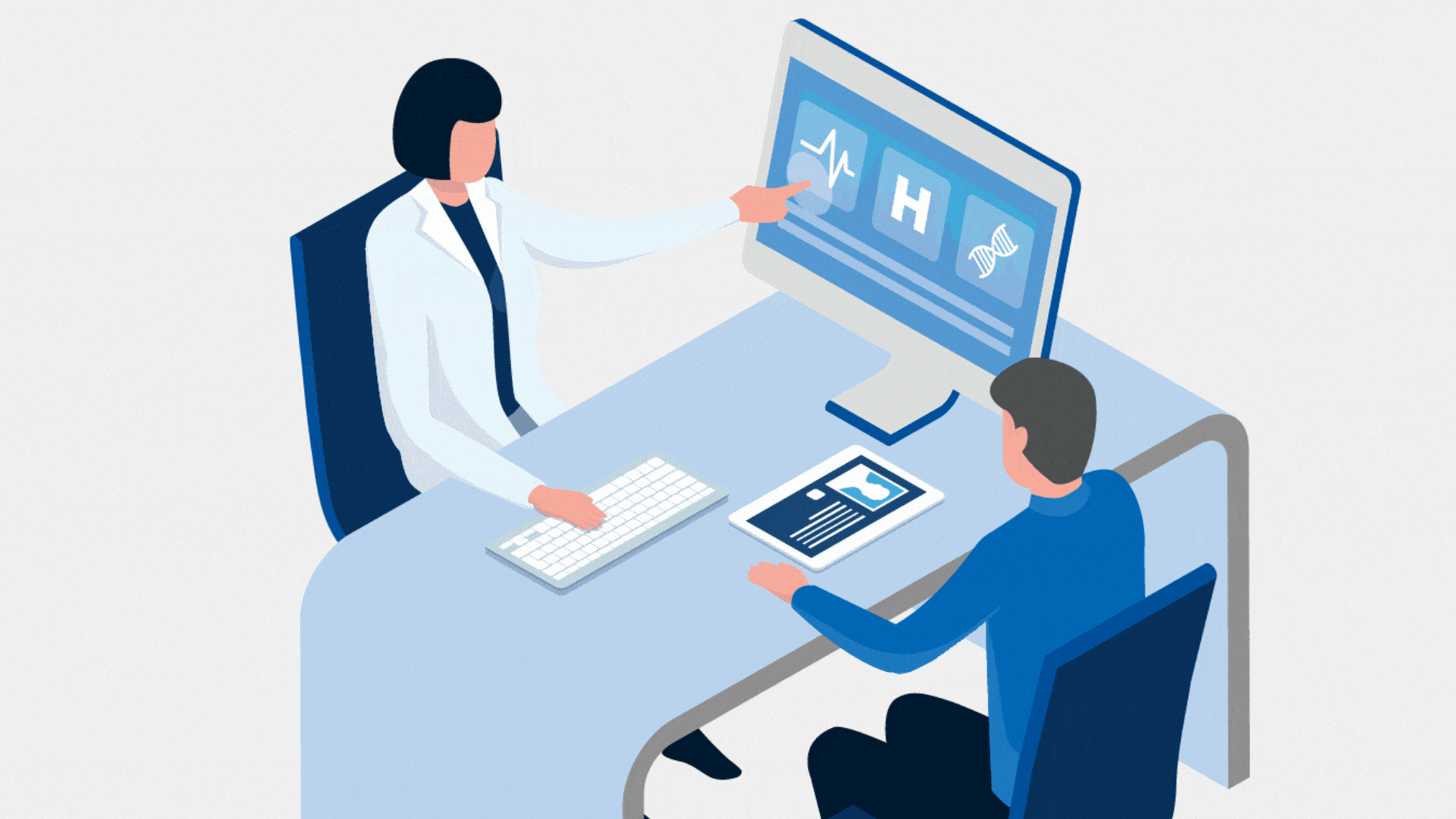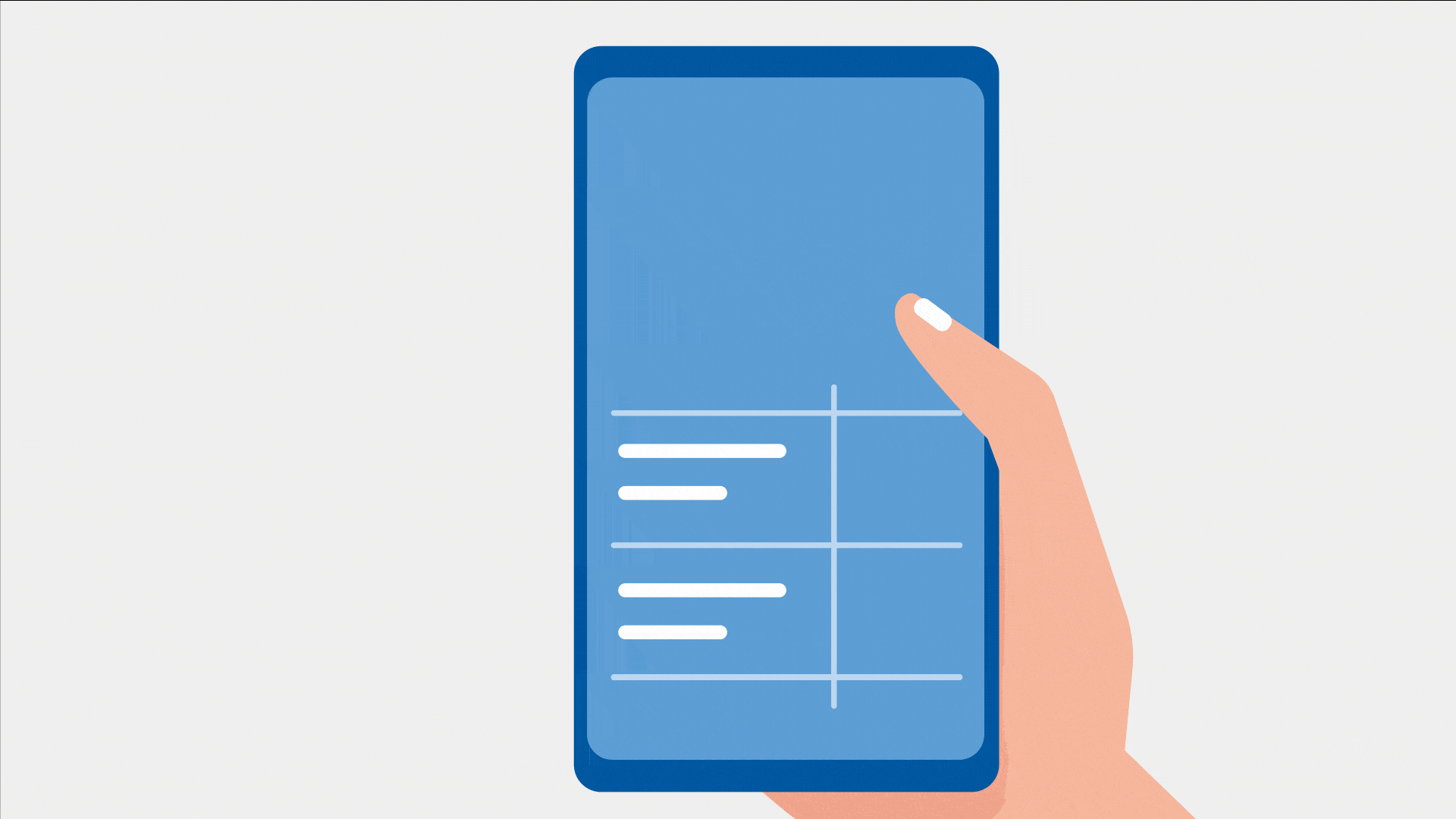Unlocking the potential of data and analytics and using them as the foundation for a new health ecosystem that focuses on personalised care can bring about benefits for all players involved: patients, caregivers, doctors and healthcare providers — and even society at large.

First, however, the divide between data and doctors will have to be bridged. While there are many ongoing projects to develop electronic medical record (EMR) systems in Asia-Pacific, no country has yet to successfully roll out an EMR that stretches across the entire care continuum, from national hospitals to specialist clinics and general practitioners. Countries that have rolled out advanced EMR systems are experiencing problems on various fronts. For one, Singapore’s National Electronic Health Record system has a low uptake in the private sector1 due to contribution being voluntary. Meanwhile in Australia, users are wary of the privacy and security implications2 of having a nationwide data system like My Health Record.In a world where the line between privacy, surveillance and customer care is growing more indistinct, these data issues will only intensify in the future. With experts glumly predicting that cybercrime will become ever more prevalent3 in the healthcare industry, especially now with the ongoing global pandemic, healthcare providers and institutions will have to invest heavily in cybersecurity.

Without a comprehensive EMR system — and the robust cybersecurity infrastructure it needs — however, doctors will not have a holistic view of the patient’s health. When a patient visits different doctors or clinics, data is kept in silos either as physical notes or stored in different data systems — valuable data that could otherwise help improve clinical decision making. This will change in the coming decade, as more countries4 plan to roll out comprehensive EMR systems. A comprehensive data exchange system not only captures the patient’s whole health journey, but also helps healthcare professionals identify and track risk factors5.
In the data-powered health ecosystem of the future, digital pathology solutions will become much more common. Today, many countries are facing a severe shortage of pathologists. China, a country with over 1.4 million residents, only has around 10,000 licensed pathologists6.
Patients will also be better informed of their personal health and treatment options, which can reduce unnecessary visits to the doctor, giving doctors more time to focus on patients who require attention.

Already, pathologists are struggling with demand — and this may become a bigger problem in the future as countries grapple with problems such as an ageing population and a high prevalence of non-communicable diseases including cancer. Digital pathology solutions and powered by machine learning and artificial intelligence will transform pathology labs — and in turn, the healthcare landscape itself — as they increase efficiency and enable pathologists to make more accurate analyses of variable diseases like cancer.
Read more about personalised cancer diagnostics.
Such an ecosystem, where data exists not in silos but is shared in a regulated way, presents opportunities for private and public stakeholders to collaborate. With more and more patient data being generated, the public sector may lack the tools to manage and interpret data meaningfully. Private companies can help with the diagnostic solutions and expertise they have, and such partnerships will become more common as technology and diagnostics play a bigger role in healthcare of the future.
And with the advent of regulatory sandboxes that set the stage for such innovations, the healthcare ecosystem looks set to become ever more data-powered and personalised.
Keep up with the latest developments on personalised healthcare with Roche diagnostics news.
References:
1Qin, Y. S. 2020. Attitudes and Perceptions of General Practitioners Towards the National Electronic Health Record (NEHR) in Singapore. European Medical Journal. Retrieved from https://www.emjreviews.com/innovations/article/attitudes-and-perceptions-of-general-practitioners-towards-the-national-electronic-health-record-nehr-in-singapore/
2Patten, T. 2019. A Healthy Dose of Caution: An Analysis of Australia’s My Health Record. Retrieved from https://www.bakermckenzie.com/en/insight/publications/2019/04/a-healthy-dose-of-caution
3Interpol. 2020. Cybercriminals targeting critical healthcare institutions with ransomware. Retrieved from https://www.interpol.int/en/News-and-Events/News/2020/Cybercriminals-targeting-critical-healthcare-institutions-with-ransomware
4Dornan, L. et al. 2019. Utilisation of Electronic Health Records for Public Health in Asia: A Review of Success Factors and Potential Challenges. BioMed Research International 2019. Retrieved from https://www.researchgate.net/publication/334310810_Utilisation_of_Electronic_Health_Records_for_Public_Health_in_Asia_A_Review_of_Success_Factors_and_Potential_Challenges
5Kruse, C. S. et al. 2018. The use of Electronic Health Records to Support Population Health: A Systematic Review of the Literature. Journal of Medical Systems (42). Retrieved from https://link.springer.com/article/10.1007/s10916-018-1075-6
6Huang, Y. X. et al. 2018. Telepathology consultation for frozen section diagnosis in China. Diagnostic Pathology volume 13. Retrieved from https://link.springer.com/article/10.1186/s13000-018-0705-0














